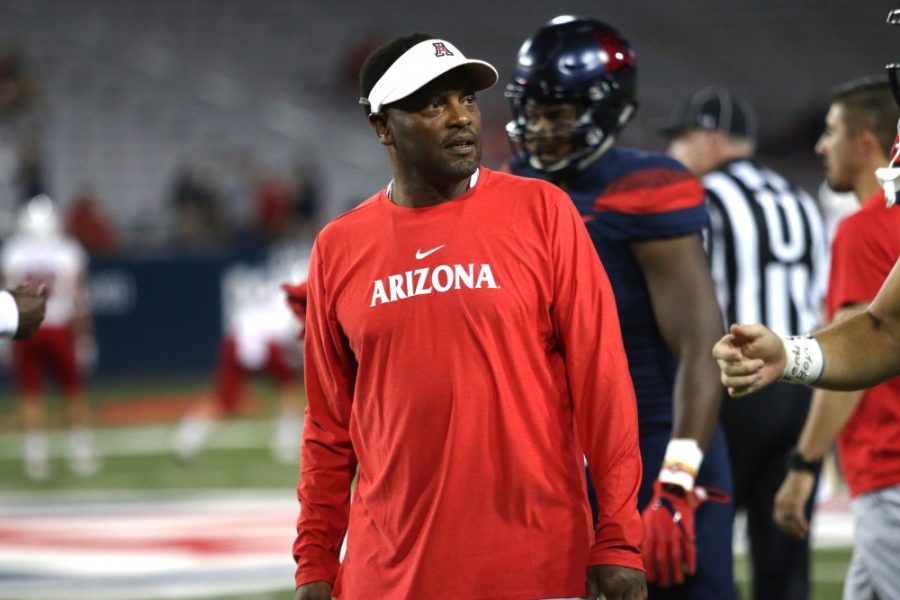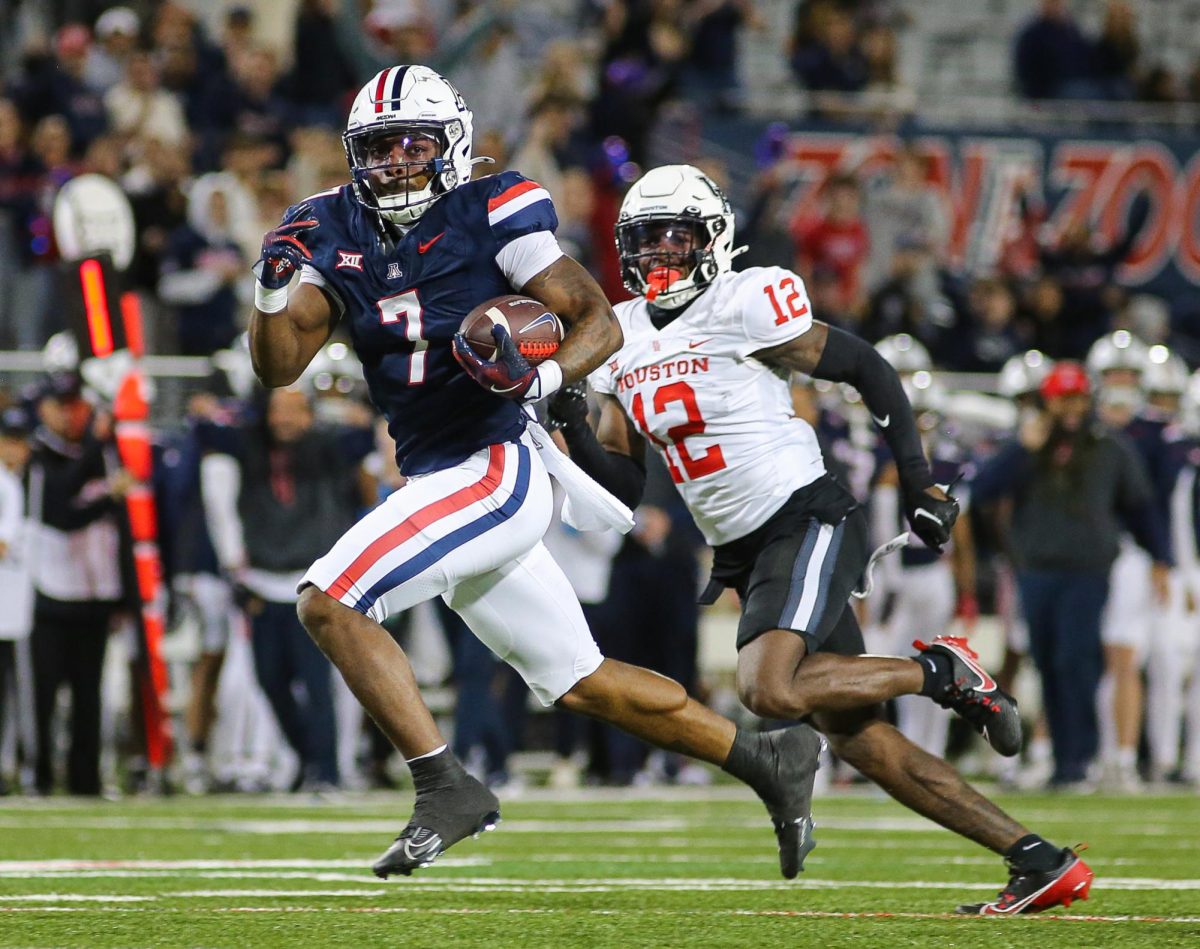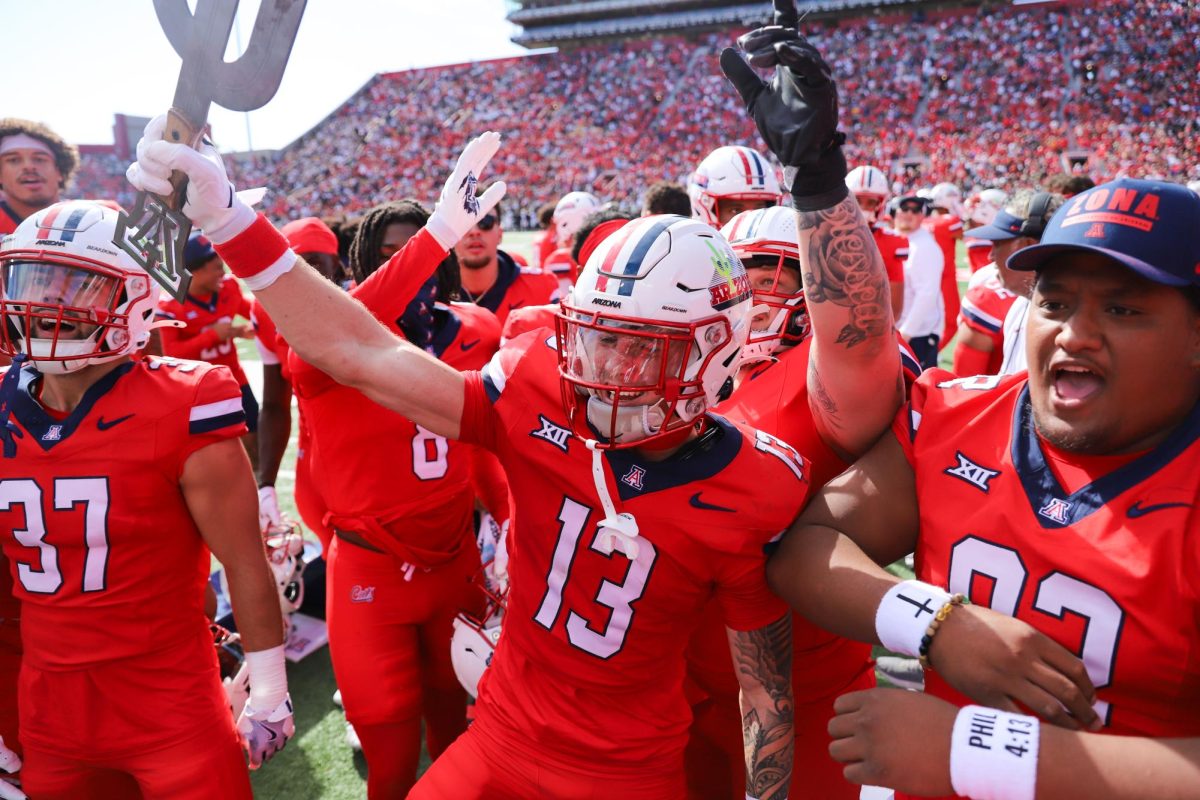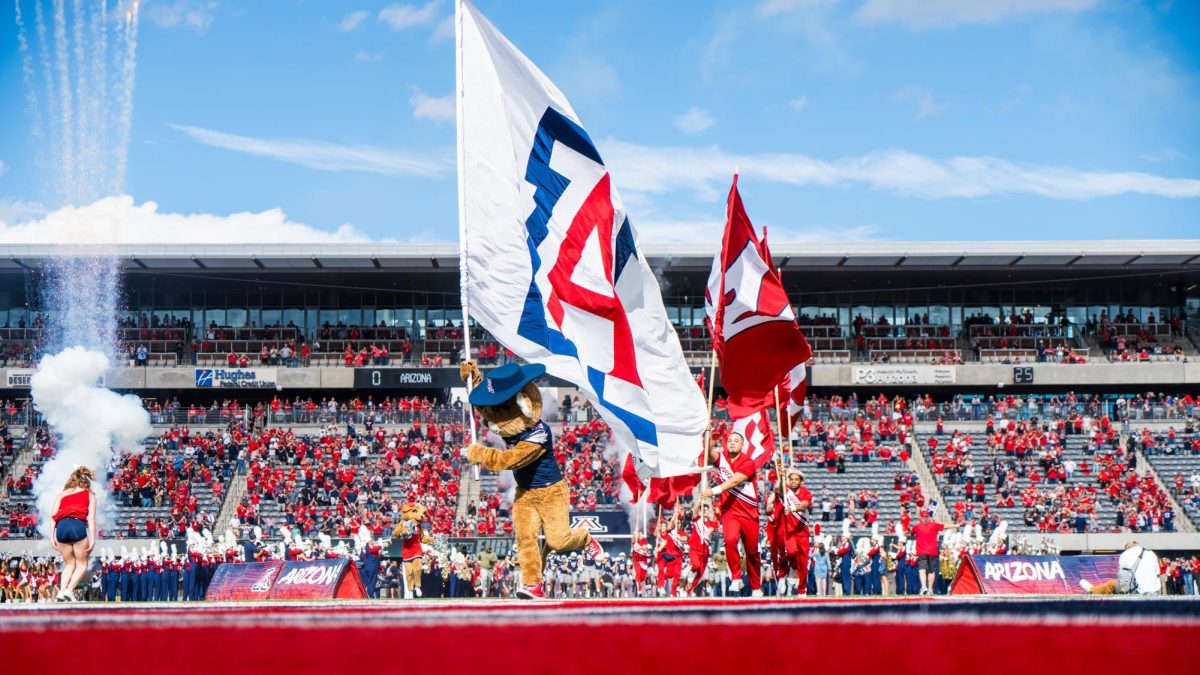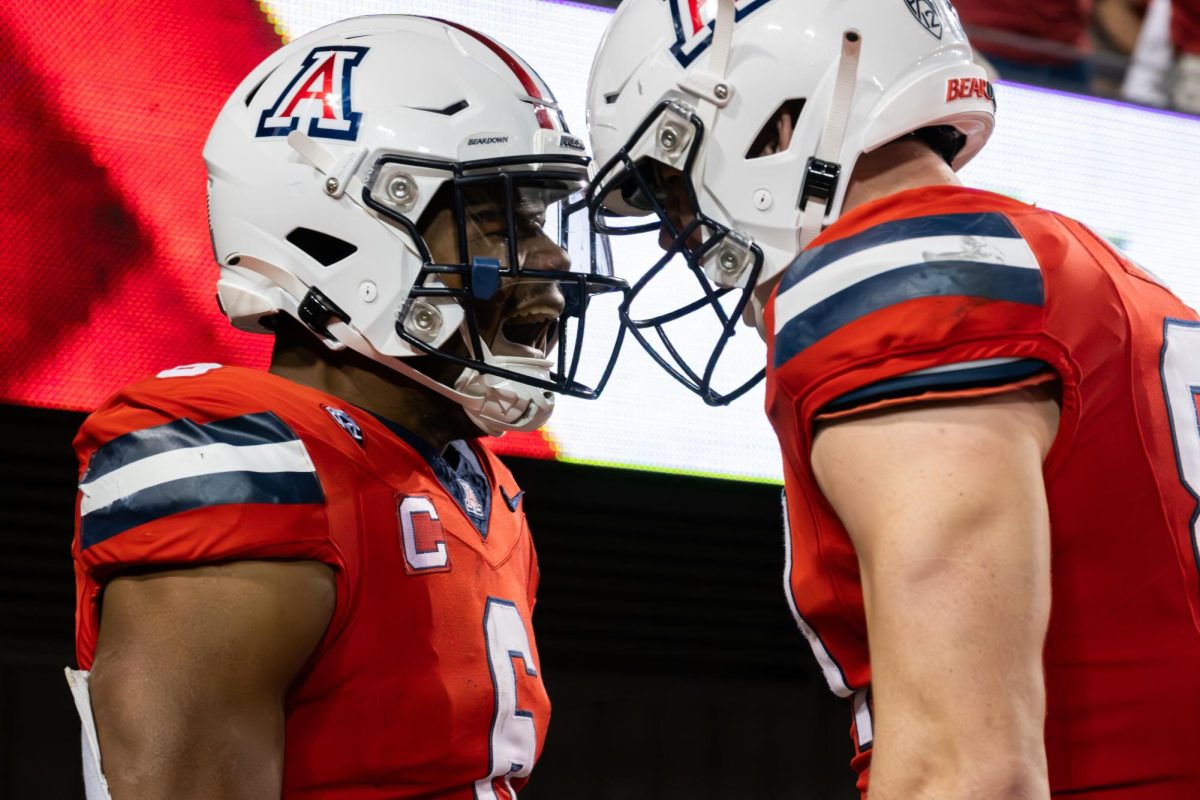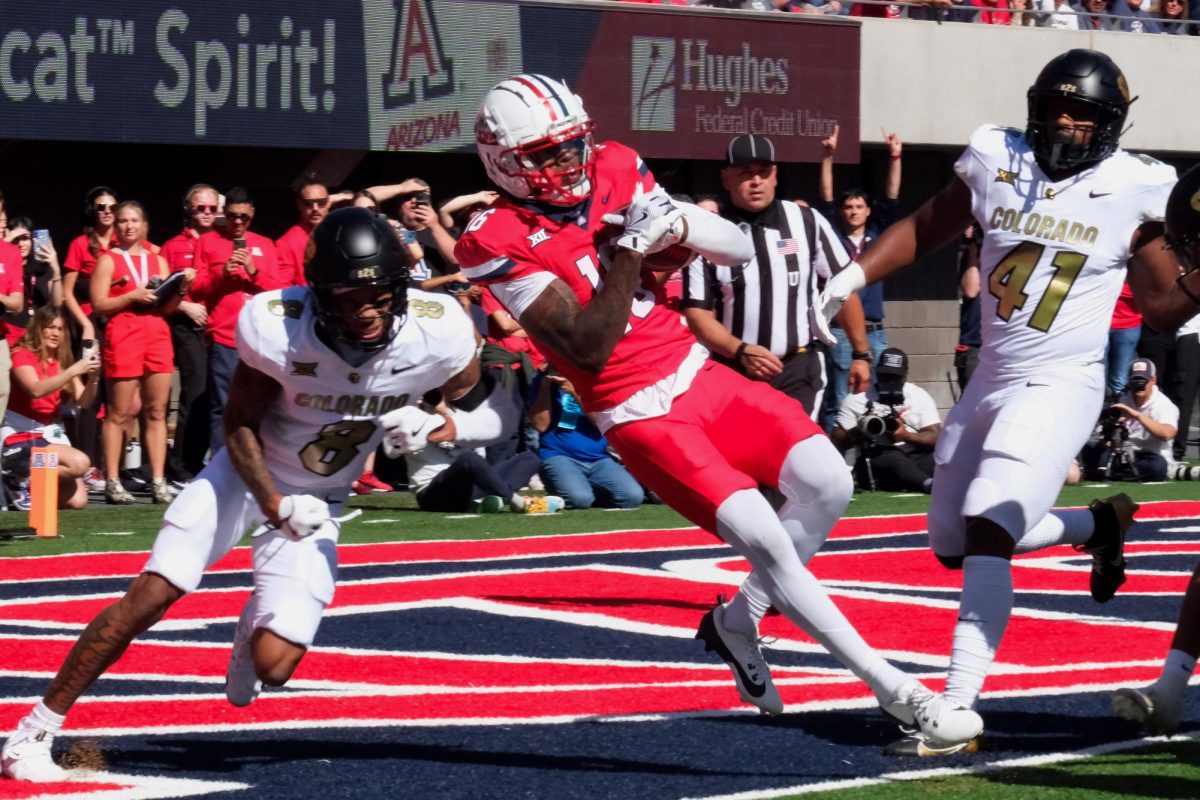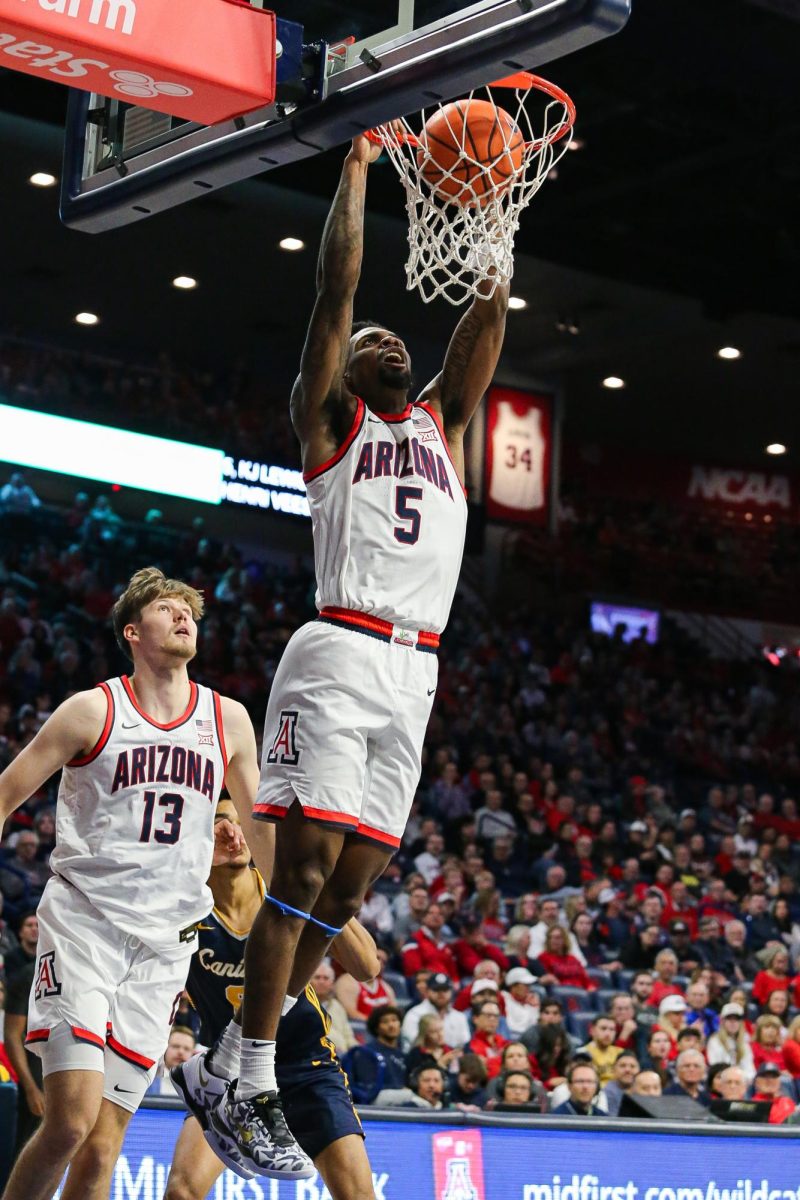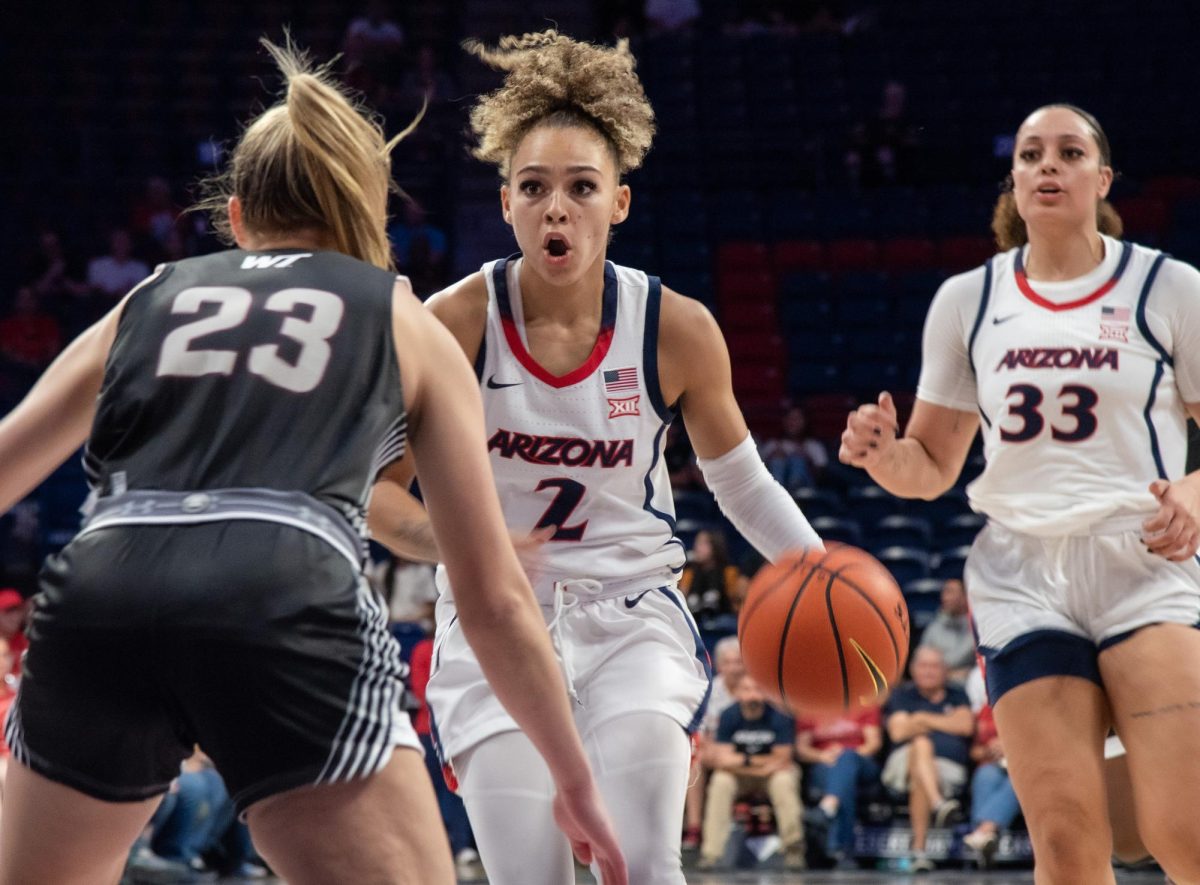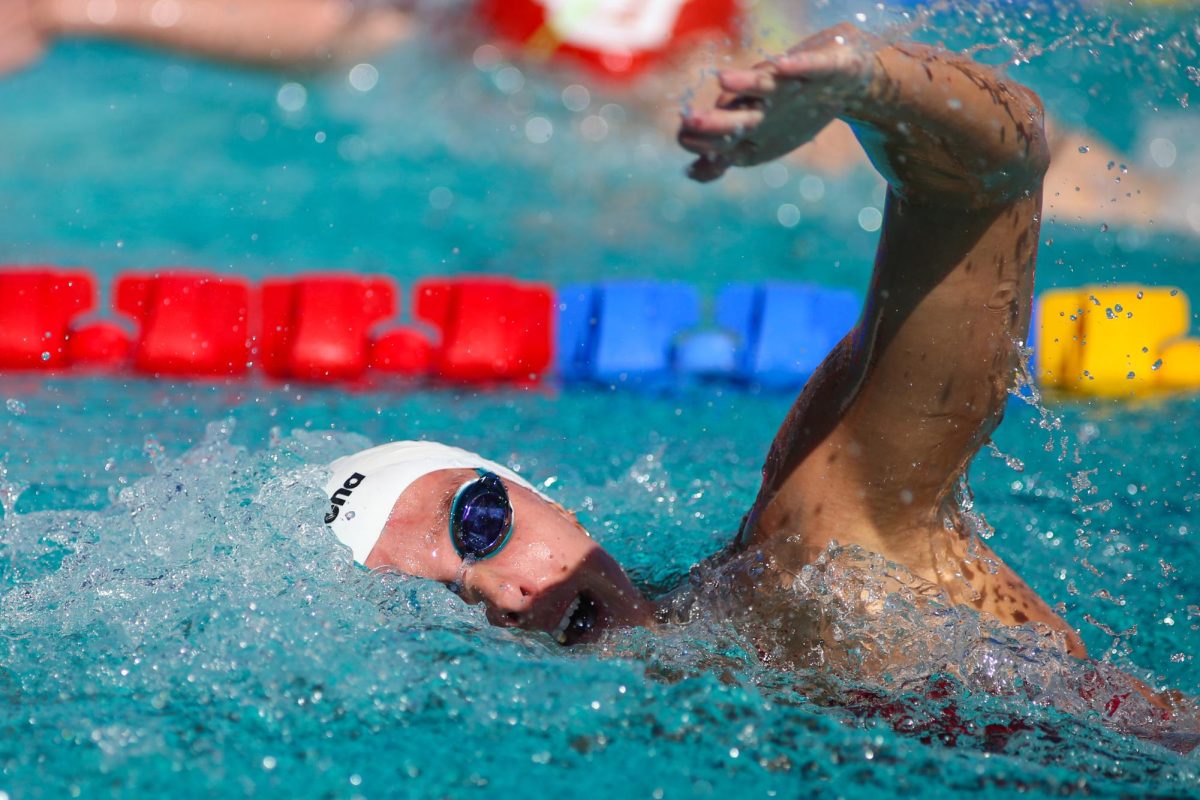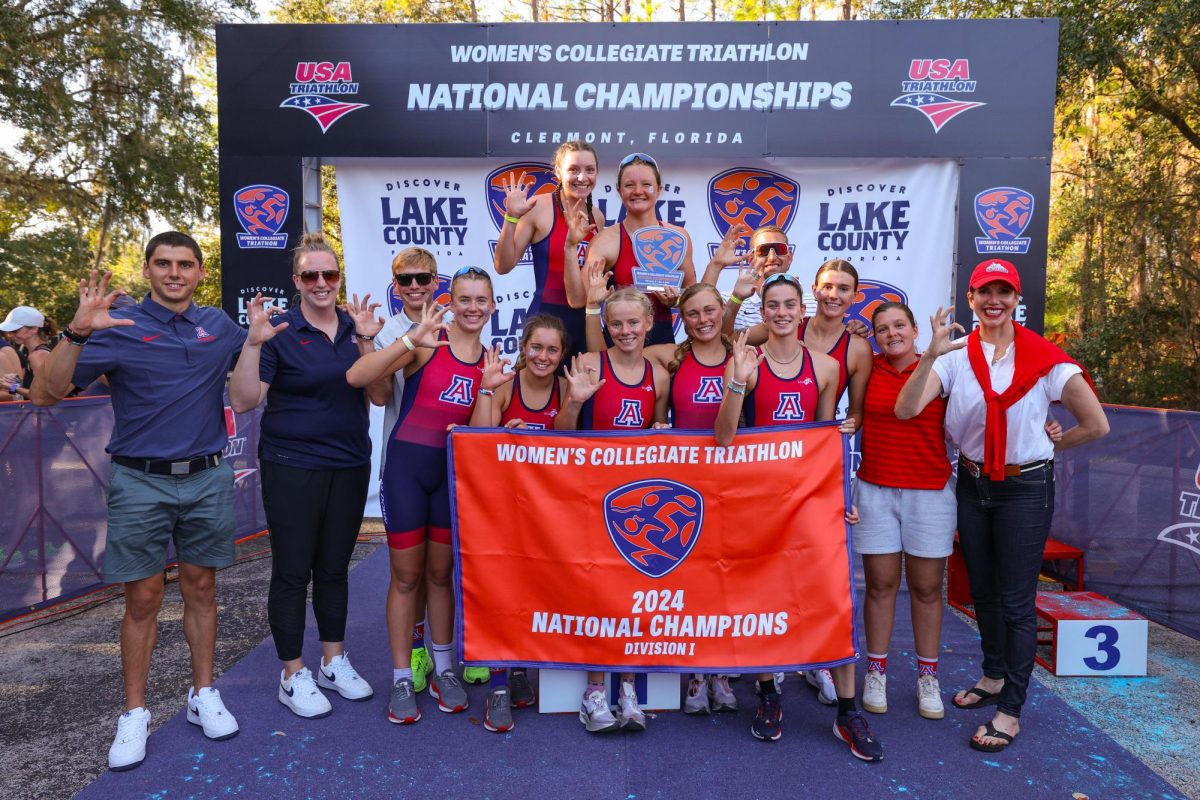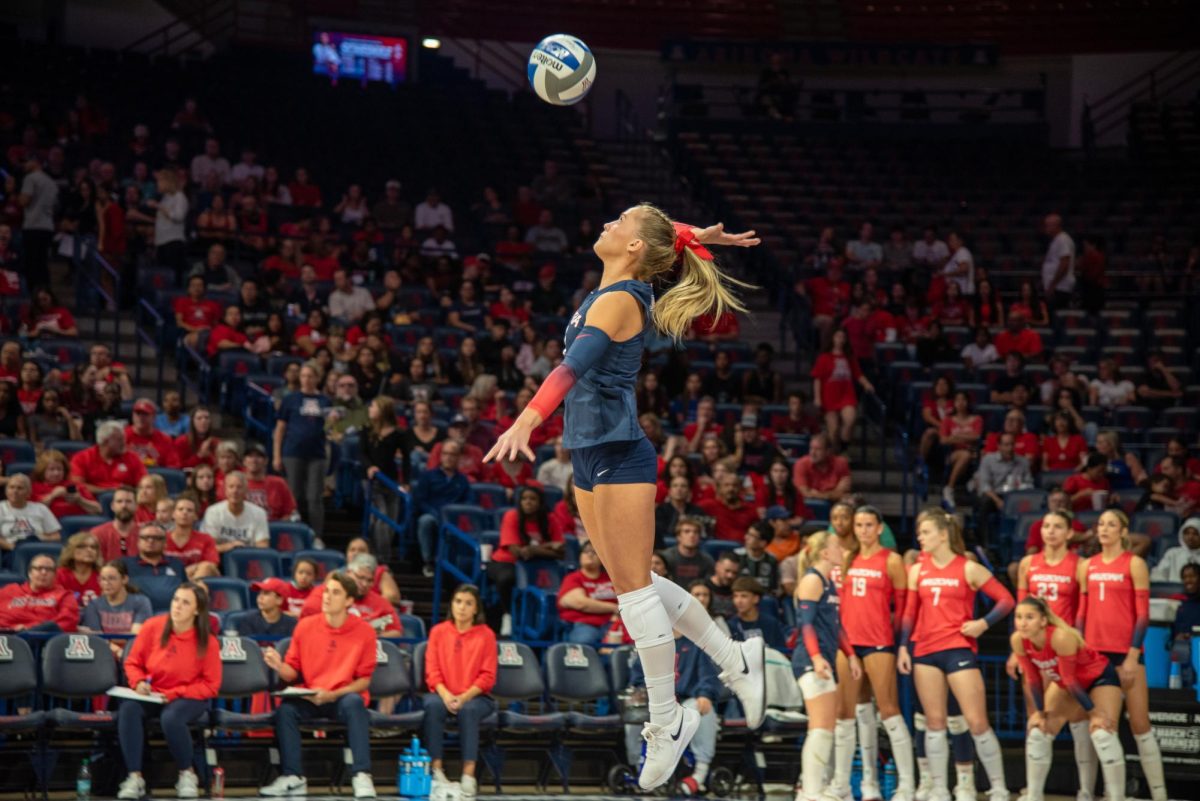What was supposed to be a cake-walk game that got Kevin Sumlin and Arizona back on track did not go according to the script on Saturday night in Arizona Stadium, as the Thunderbirds of Southern Utah University put a scare into Arizona and the fans in attendance.
The visitors from Southern Utah didn’t get the memo that they were supposed to be the pushover that got the Wildcats’ confidence back heading into Pac-12 play next weekend.
Instead, the Thunderbirds spent the first half of the game going toe-to-toe with Arizona, trading punch for punch as they found themselves only down a touchdown as the teams walked into their locker rooms at halftime.
RELATED — Football Notebook: On return of the Friekh, Tate’s potent passing and ‘Scoop n’ Score’
Khalil Tate and the offense spent just under five minutes on the field in the first half, as the defense struggled repeatedly to put the Football Championship Subdivision program away on third down.
They allowed the Thunderbirds to convert on 50 percent of their conversions in the first two quarters, keeping the already skeleton crew out on the field for a little over 22 minutes in the first half.
This left virtually no time for rest or to regroup as a unit and tweak or correct the issues that were clearly plaguing the Wildcat defense early in the game.
“We’ve got to get off the field on third down on defense,” said Arizona head coach Kevin Sumlin. “We got our first sack and our first turnover tonight … tonight is a glass half full night.”
Even with the Wildcats registered their first two sacks of the year, showing signs of life, the exhausted defense still walked back into the Lowell-Stevens Football Facility with more questions than answers for the third-straight week.
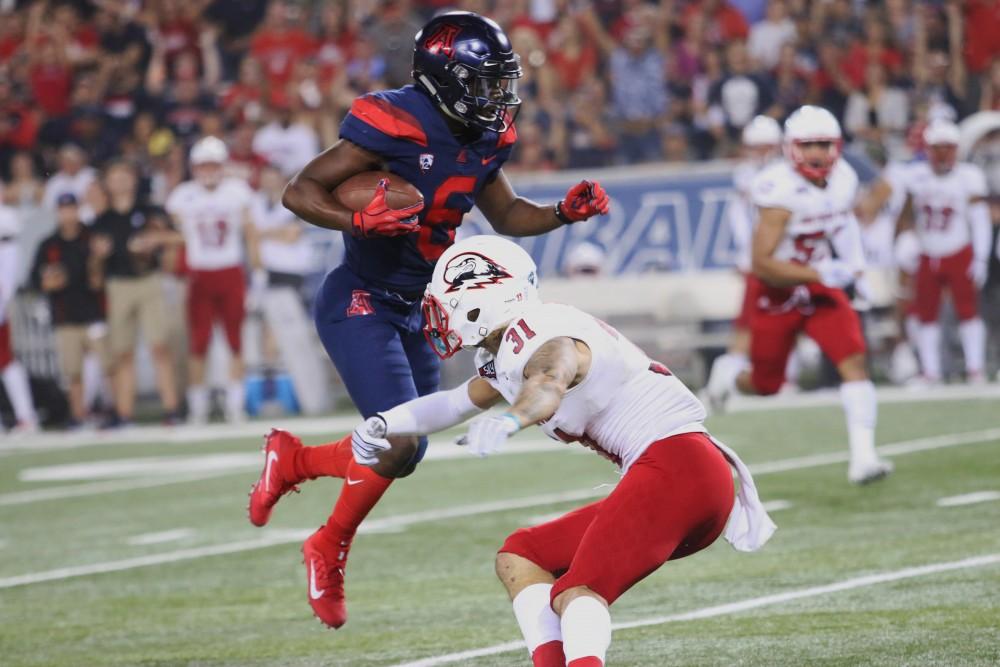
“We played a lot of guys,” said Sumlin. “It’s a weird game in the fact that they were on the field the whole night. I was just looking at the drive charts and I’ve never seen a drive chart like that.The longest time we had the ball the whole time was two minutes, and we didn’t punt. So that puts a lot of pressure on your defense.”
The 20-minute halftime break was all defensive coordinator Marcel Yates needed to get his group coached up, as the Wildcats looked like a completely different unit in the second half, allowing only three total yards during a stretch where Arizona scored 17 unanswered points, effectively putting the game out of reach within the first seven minutes of the 3rd quarter and putting to bed any kind of upset ideas the Thunderbirds had been thinking about during the first half of the game.
Luckily for Yates and his defense, Arizona’s offense is led by Tate, who has at times, and will continue to, overshadow the anemic defensive display by continuing to bail out his defensive contemporaries by putting up points with ease.
But tonight was different, and should be treated differently.
RELATED: Arizona’s top 5 plays vs Southern Utah
This wasn’t USC, Oregon, Stanford or Washington. This was Southern Utah. Most likely the third or fourth best team in the state of Utah, and a growing program, but an opponent that should have been taken care of handedly and without issue. And yet, the Wildcats struggled mightily against Southern Utah for an entire half of football. Not exactly the sign of confidence Arizona fans were searching for before conference play.
For a unit that gave up around 35 points an outing last year, the signs that Arizona’s defense has displayed over the first 12 quarters of the season are not encouraging; especially under a coach that was in charge of the same defense last year and is now coaching players that he personally recruited over the last couple of classes.
The signs of improvement in this Wildcat defense from last year to this year are minimal if anything at all, which should be the biggest worry for Arizona so far in the early part of the season.
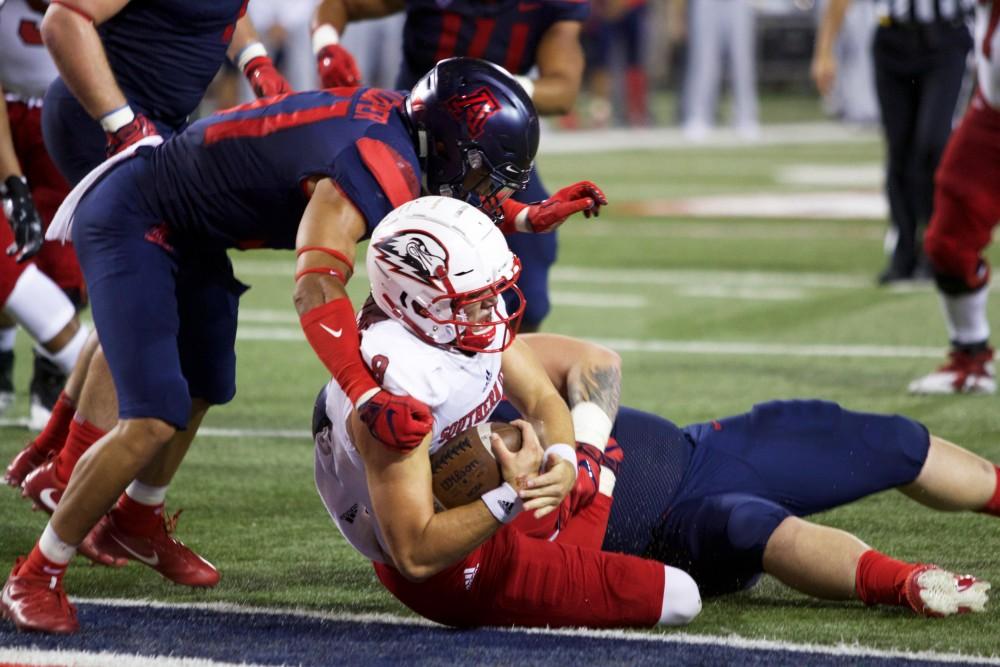
And, for a program like Arizona, player development and growth from year to year is the only way that the Wildcats will have any chance of competing with the Pac-12 elite during Sumlin’s time in Tucson.
Arizona currently doesn’t have the facilities, history or culture that attracts elite talent that can step in right away and make a difference. That’s nothing against the Wildcats, that is just where the program is at right now.
But the problem isn’t the lack of the things mentioned above, the developmental growth isn’t taking place on a collective level on the defensive side of the ball, and if the Wildcats want to make the next step as a serious program, they need to start developing the people they have in the building, not planning out what kind of building needs to be developed next.
Follow David Skinner on Twitter



